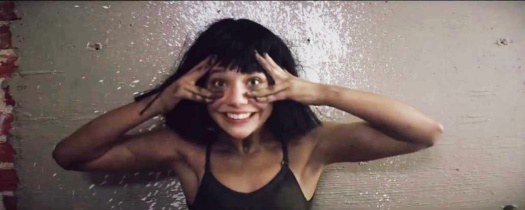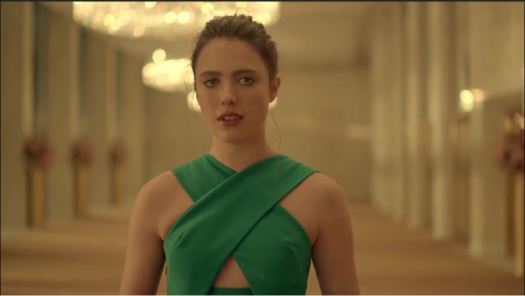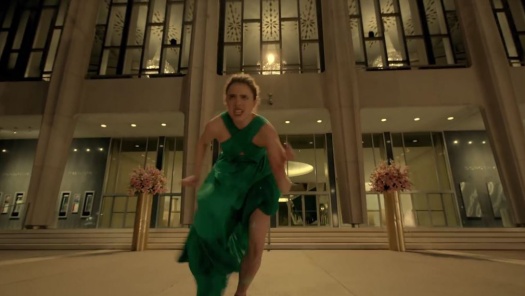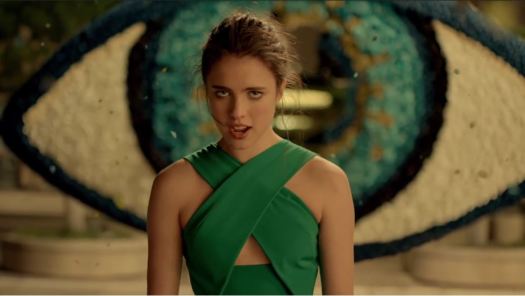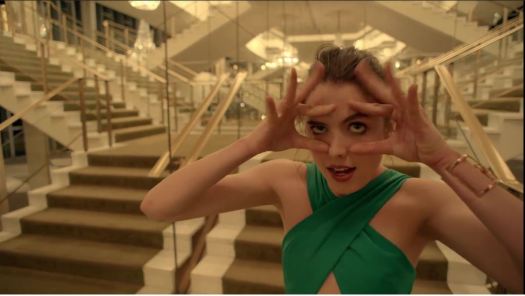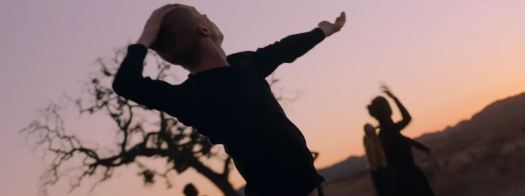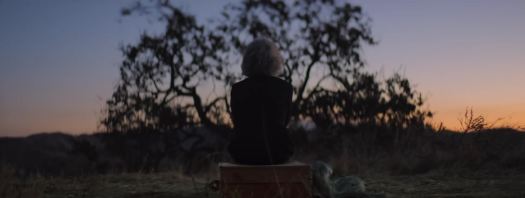After a few friends shared this awe-inspiring film on Facebook, it has been looping in my mind for some time. It’s the same feeling that I get for weeks after watching a marvelous show, a moving film. Once again I am left fascinated by the incredible support provided by the element of water. To an extent I feel that the water in this film gives a visual gestalt of the malleability of space. Space and its infinite points, pulls and tensions support the body in relation to gravity. But this idea is challenged when dancing at the bottom of the World’s Deepest Pool.
Or is it?
I don’t want to go into the science of it all. I want to admire Ama for Julie Gautier’s effortful performance. Her words echoing in the back of my mind.
“Ama is a silent film. It tells a story everyone can interpret in their own way, based on their own experience. There is no imposition, only suggestions.
I wanted to share my biggest pain in this life with this film. For this is not too crude, I covered it with grace. To make it not too heavy, I plunged it into the water.
I dedicate this film to all the women of the world.”~Julie
Her control and displacement of the water reveals less a barrier and more a threshold. The choreography and music choice is so befitting and then there is the subtle, yet growing presence of the camera. A relation is established from the start through eye contact, the zoom drawing me closer towards her, first from the periphery and then into her personal space, then, as she closes her eyes, into her thoughts.

For a while it is purely Gautier as she indulges in her movements, performing them masterfully that is mesmerizing, forcing me to puzzle together my own narrative, to question what the choreography and her powerful yet intimate delivery could signify. It’s the balance between tenderness and strength that I find endearing and revealing. Only as I tilt my head, I realise the presence of the camera as it provides a slanted view. I also become aware that as the music builds the camera becomes more involved, more noticeable. But the device does not intrude and it does not take away from the grace of the performance. In fact it adds to the intimacy through close-ups and rotation, circular pathways and tilts. Whereas long shots reveal Gautier’s vulnerability, the intimate distance of the close-ups reflect an inner strength.
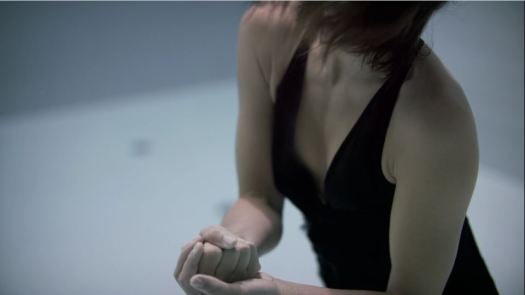
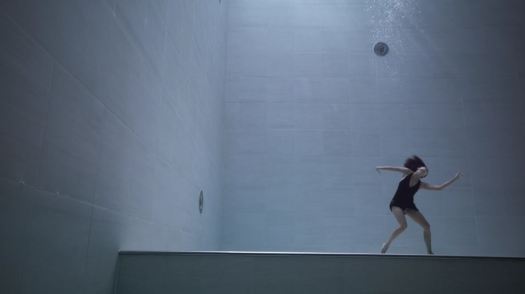
These almost oblique shots of her also reveal a deeper emotion. I find that the choreography shows an interplay between extending and contracting, holding on and releasing. These themes seem to create a subtle thread throughout the film allowing me to further weave my understanding and project my own lived experience onto the work.
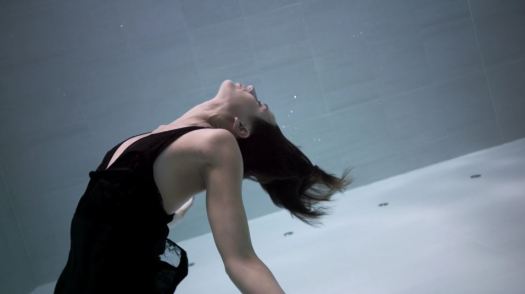
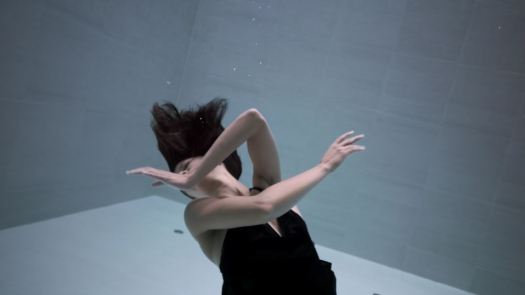
In keeping with these themes, her suspended jumps in contrast with the vulnerability of laying on the bottom, allow the choreography to shift and transform in the space of the pool. There is a clear sense of three-dimensionality suggested by the depth cues created by the two pool walls that join behind her.

With this image I am reminded of a similar framing created in Amelia by Edouard Lock and La La La Human Steps. However it was Naughty Boy – Runnin’ (Lose It All) ft. Beyoncé, Arrow Benjamin that kept jumping out after watching this Spark Seeker/Les Films Engloutis produced film. Of course upon looking into it both Ama and Runnin‘ have a connection with Les Films Engloutis and Julie Gautier. How surprising as I’ve been meaning to write about Runnin‘ for quite some time. In both, water plays a character and I wonder whether it is the escapist quality or connection provided by this transformable fabric that serves as an underlying theme across Gautier’s work. It is certainly something that I would look into for future reference.
Finally, it remains to be said that I could not help but try to hold my breath with her. When I am not granted the release for breath at the end, I am left in a gulping, oxygen deprived state with the desire to stay underneath the edge with her, for longer. This brings me to my two favorite moments of the entire film i.e. her first breath and the lack of release, which I found absolutely tormenting, but incredibly artistic and cinematic!
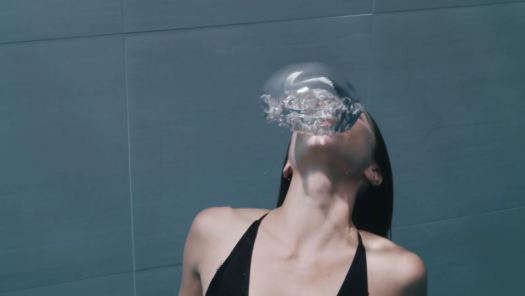
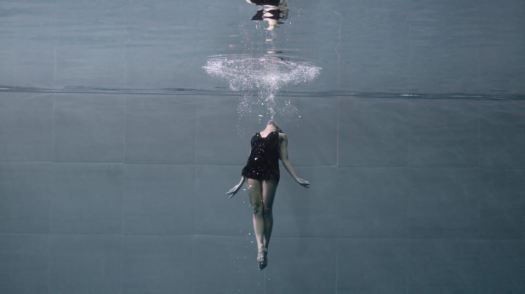
As the imagery and soothing soundtrack still replay in my mind, along with the echoes of Gautier’s words, I am continuously drawn to the idea of catharsis and the purging, purifying nature of water, but also the weight of not quite reaching that full release, not quite breaking through the threshold, remaining in the liminal space. In this light, there is a great sadness underscoring this beautiful work and perhaps therein lies its essence.
Credits:
Choreographer : Ophélie Longuet
Music : « Rain in your black eyes », Ezio Bosso. (P) Sony Music Entertainment.
Cinematographer : Jacques Ballard
Editor : Jérôme Lozano
Colorist : Arthur Paux @ Spark Seeker
Compositing : Gregory Lafranchi @GoneFX
Sound mix : Nassim El Mounabbih @Dinosaures
Production : Spark Seeker/Les Films Engloutis
Associated Producers : Y-40 The Deep Joy/RVZ
Camera Assistant : Arthur Lauthers
Electrician Romain Mostri
Safety Freedivers : Anne Maury – Fouad Zarrou
Making off : Jimmy Golaz
Camera Rental (Red VistaVision 8K) RVZ
Light&Electric Rental : TSF Cannes
Wardrobe : Tatiana Henri


